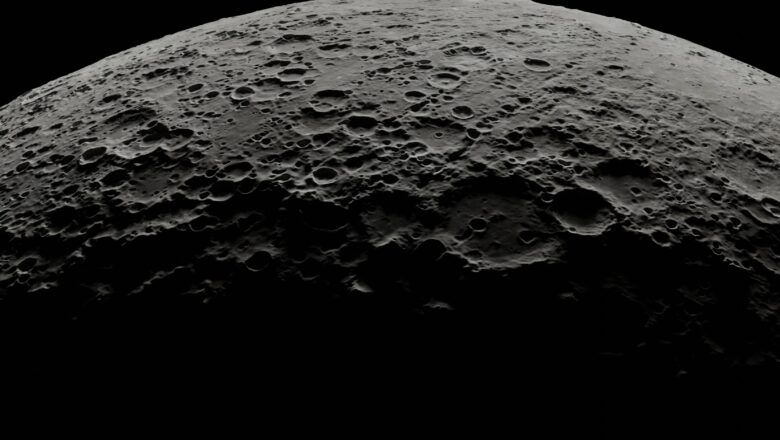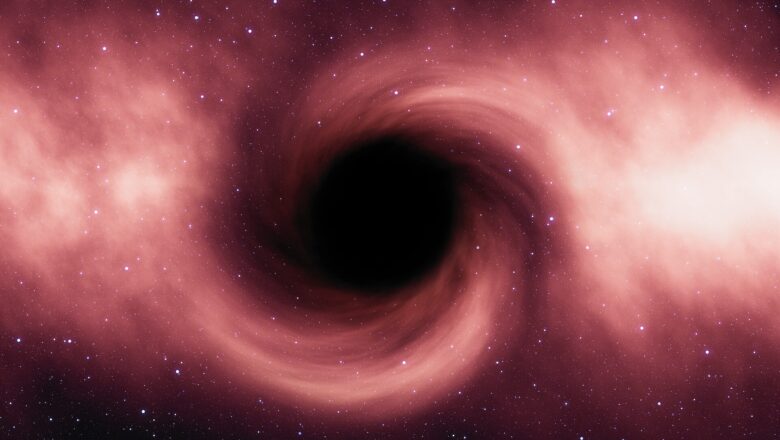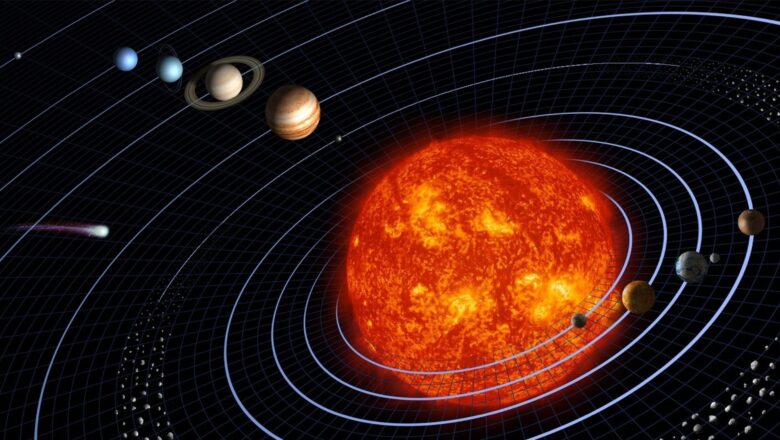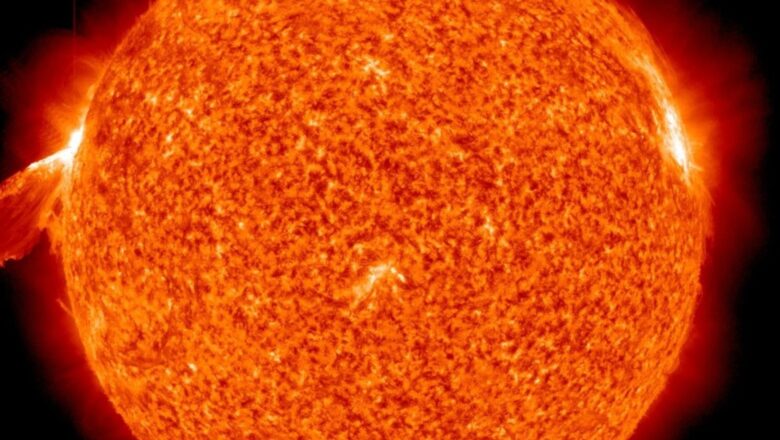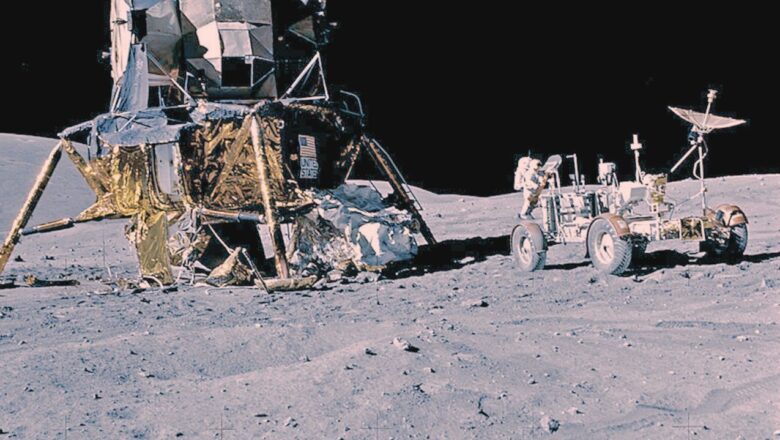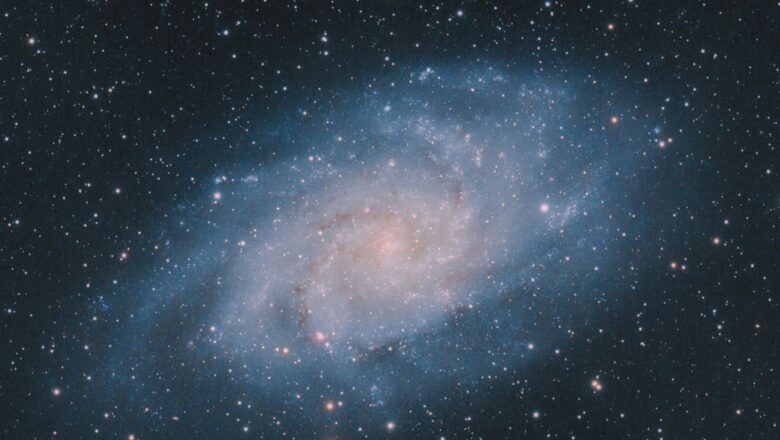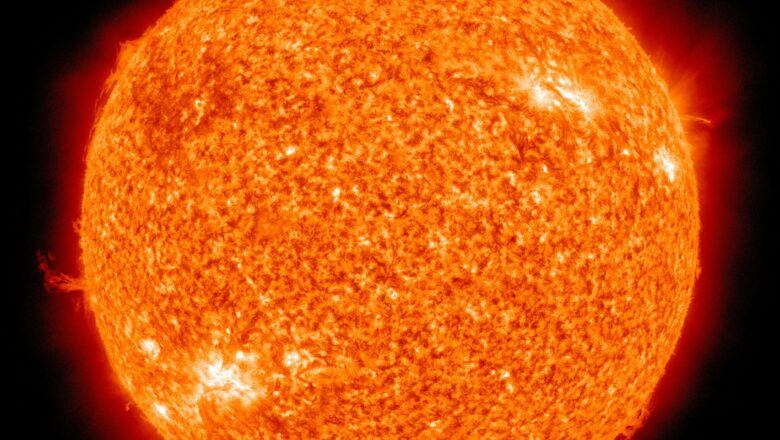
Nasa’s Parker Solar Probe to Make Historic Christmas Eve Flyby of Sun
In a groundbreaking event Nasa's Parker Solar Probe is set to make its closest approach to the Sun on Christmas Eve December 24, 2024. The spacecraft will pass within approximately 6.1 million kilometers of the Sun's surface at 5:23 pm IST, marking the closest any human-made object has ever ventured toward a star.
Mission operators at the Johns Hopkins Applied Physics Laboratory (APL) in Maryland last communicated with the probe on December 21, confirming that all systems were functioning normally. However, during the critical close approach, the spacecraft will lose contact with Earth as it endures the intense conditions near the Sun.
Nick Pinkine, mission operations manager for the Parker Solar Probe, expressed excitement about the flyby, calling it an unprecedented opportunity. “N...



